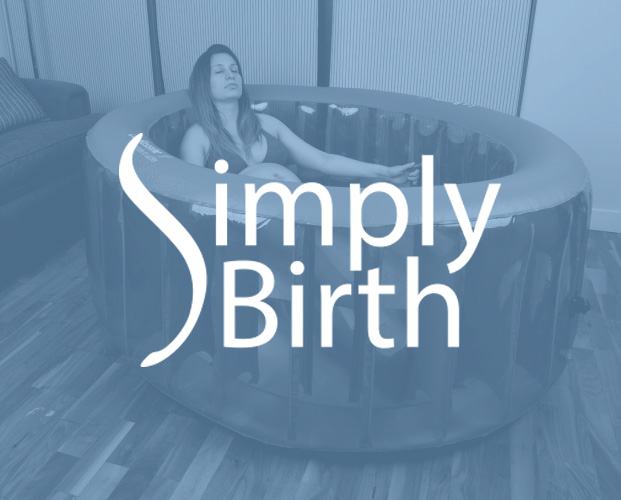Article From The Independent Newspaper in the UK. May 2006
More women should have babies at home, not in hospital, says Health Secretary
By Marie Woolf and Sophie Goodchild
Pregnant women are to be advised to give birth at home as part of a revolution in childbirth policy that will reverse decades of medical convention.
Patricia Hewitt, the Secretary of State for Health, is to “challenge the assumption”, prevalent since the 1970s, that the safest place to give birth is in hospital and that home births can be dangerous.
In what is being billed as a historic shift in the politics of childbirth, doctors will be told to offer all pregnant women the chance to deliver their baby at home with the help of a midwife and their own choice of pain relief.
The Independent on Sunday can today reveal that the Government is planning a “strategic shift” in childbirth policy away from hospital delivery and towards births in the reassuring surroundings of home. It has commissioned research to support the case for home births and “challenge the assumption that births should take place in hospitals”. The Secretary of State wants to “demedicalise” pregnancy and challenge the “presumption” that birth should take place under the supervision of a doctor.
“A strategic shift towards more home births is part of the Government’s move for more care to be provided in the community and in the home, and away from acute hospitals,” said a Health Department source.
The move comes as new figures reveal that more than 200,000 women, a third of all who give birth every year, suffer some psychological distress after delivery. Ms Hewitt wants to “empower women to make real choices about how they have their babies. I want all women to be offered the choice of a home birth, and a choice of pain relief,” she said.
Andrew Lansley, the Tory Health spokesman, asked if there were enough midwives to enable more home births.
Maureen Treadwell, founder of the Birth Trauma Association, said the birth needs of all women need to be taken into account. “A huge number of women have been deeply distressed by child- birth. Women shouldn’t be discouraged from having home births if they do not have any risk factors, any more than those who want to give birth in hospital,” she said.
A new report, expected to be published later this year, will warn that there has been little change in how expectant mothers are treated over the past decade. Its author, Dr Caroline Gatrell, a sociologist from Lancaster University, said: “As soon as you go through the hospital door the chances of having forceps are much higher and you are less mobile, which increases stress. It has to be about choice.”
About 47 per cent of women in England and 38 per cent in Scotland give birth without medical intervention. But childbirth groups believe up to 70 per cent could deliver safely at home.
“At long last the whole movement into hospitals in the 1970s and belief that home births was unsafe, which was based on incorrect statistics, looks as if it may end,” said Belinda Phipps, chief executive of the National Childbirth Trust. “It has taken decades for this issue to be taken seriously, even though the evidence has built over the decades that having birth at home is as safe or safer than in hospital.”
Mavis Kirkham, professor of midwifery at the University of Sheffield, said: “We have had a couple of generations of people saying only hospital is safe and that terrible things can happen at home, but once women know that a women has had a home birth and is happy you see more women choosing it,” she said.
Preliminary research carried out by the National Institute for Health and Clinical Excellence shows that women who give birth at home may be more satisfied with the experience than those who give birth in delivery rooms.


